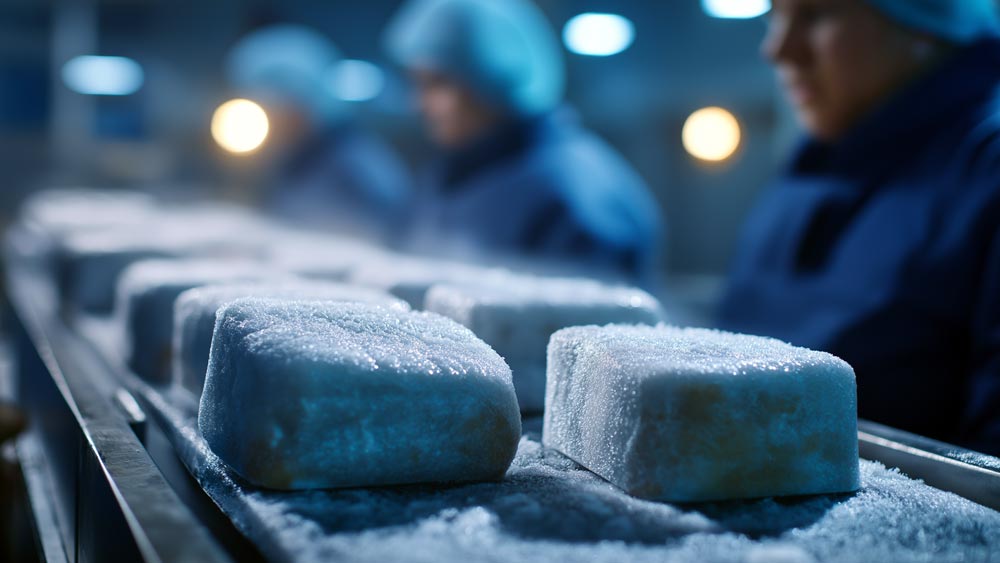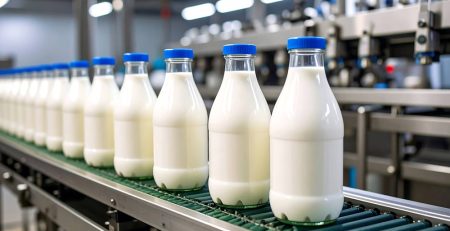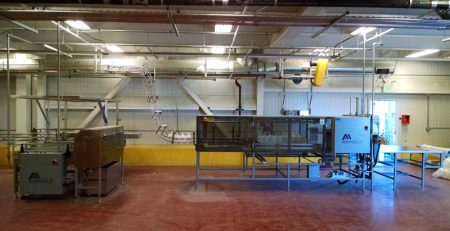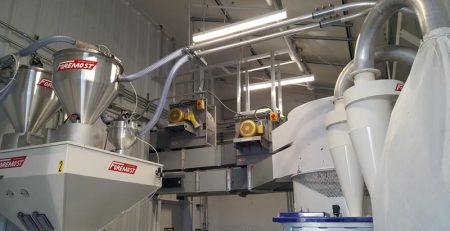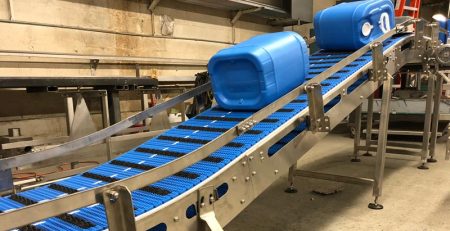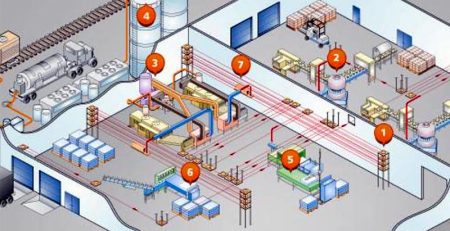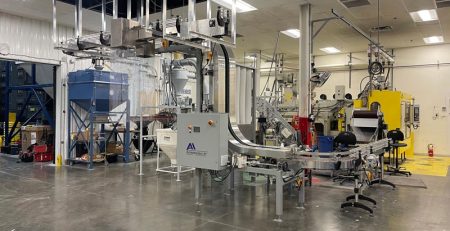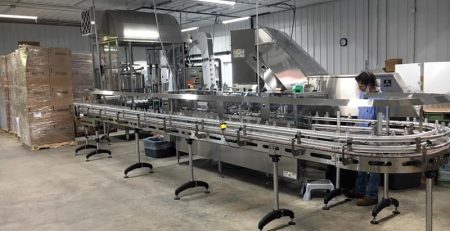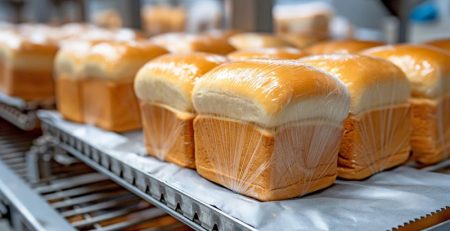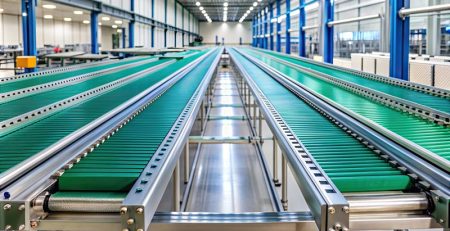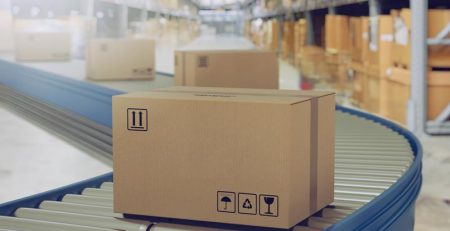As temperatures drop and winter sets in, manufacturing and packaging facilities face a unique set of challenges. Cold weather doesn’t just affect the exterior of your plant—it can significantly impact the performance of your conveyor and material handling systems. From frozen lubricant to malfunctioning sensors, the effects of cold can cause costly downtime, inefficiencies, and even safety risks if not addressed proactively.
This comprehensive guide explores the most common cold weather issues in conveyor systems and outlines preventative maintenance tips and system upgrades that can help maintain operational efficiency and protect your equipment throughout the winter season.
Why Cold Weather Affects Material Handling Systems
Conveyor systems and related equipment are engineered for precision and consistency. However, winter conditions introduce several variables that can disrupt those systems, particularly in facilities that aren’t fully climate controlled or that have exterior line segments, loading docks, or storage areas.
Some of the most common cold weather issues include:
- Lubrication breakdown or thickening
- Motor or gearbox inefficiencies
- Sensor malfunctions due to condensation or ice
- Frozen belts or rollers
- Increased wear on mechanical components
If not properly winterized, these conditions can slow down production, damage equipment, or compromise product quality.
1. Lubrication in Low Temperatures: What to Know
Lubricants are crucial for keeping conveyor chains, bearings, and other moving parts operating smoothly. But not all lubricants are designed to perform in cold environments.
Tips:
- Switch to cold-weather lubricants. Look for synthetic or low-viscosity lubricants that are rated for lower temperatures and won’t thicken or freeze.
- Increase lubrication frequency. Cold conditions can reduce lubricant longevity. More frequent application can prevent seizing or extra wear.
- Warm up idle equipment. Allow equipment to reach a suitable operating temperature before running at full speed.
2. Protecting Motors, Gearboxes, and Drives
Motors and gear reducers may experience increased resistance or electrical inefficiencies in cold weather, especially if exposed to drafts or outdoor conditions.
Tips:
- Use motor covers or heated enclosures for components exposed to low temps.
- Check for moisture ingress in electrical housings that can freeze and damage contacts.
- Inspect VFDs (Variable Frequency Drives) to ensure they’re functioning properly and that cooling systems aren’t overcompensating.
- Grease gearboxes with winter-grade lubricants to prevent viscosity issues that can strain motor startup.
3. Keep Sensors and Controls Functioning Reliably
Photoeyes, proximity sensors, and vision systems are especially vulnerable to condensation, frost, and reduced signal clarity in cold, humid, or drafty environments.
Tips:
- Install weatherproof sensor housings in exposed areas.
- Use heated or self-regulating sensors designed for harsh environments.
- Clean lenses regularly to avoid ice buildup or signal interference.
- Check control panel seals and humidity levels inside enclosures.
4. Preventing Frozen Belts, Rollers, and Chain Systems
In some cases, conveyor belts or chains can become brittle or even freeze in place, especially when condensation or product spills go unaddressed. This is especially true in intermittent-use systems where components are idle for long periods.
Tips:
- Keep belts dry and clean. Use belt scrapers or blow-off systems to eliminate moisture and residue.
- Install belt heaters or warm-up cycles where freezing is likely.
- Use materials rated for cold weather, including belts and rollers that remain flexible at low temperatures.
- Schedule periodic inspections during off-hours or before morning startup.
“Cold weather presents a variety of challenges to conveyor and material handling systems, but with proper planning, maintenance, and targeted upgrades, your facility can operate smoothly through the winter months and beyond.”
5. Addressing Exterior and Semi-Conditioned Areas
Loading docks, warehouse entries, and trailer loading conveyors are often exposed to fluctuating temperatures and drafts. These transitional areas can be the most prone to winter-related disruptions.
Tips:
- Install dock seals or air curtains to block cold air.
- Use insulated enclosures for key components.
- Relocate sensitive control equipment away from temperature-variable zones.
- Train staff on best practices when operating in cold-exposed sections.
6. Preventive Maintenance Checklist for Winter Readiness
Being proactive before and during the winter season can dramatically reduce the risk of downtime and extend the life of your conveyor and material handling systems.
Create a seasonal PM checklist that includes:
- Inspect and replace lubricants with cold-weather compatible alternatives
- Verify belt tension and flexibility in cold conditions
- Examine motor seals and electrical enclosures for signs of moisture ingress
- Calibrate sensors and clean lenses
- Run warm-up cycles before full-speed production
- Inspect and test all heating elements and insulation
- Clean and dry accumulation zones to prevent ice formation
- Confirm emergency stops and safety devices are functional
7. System Upgrades to Consider Before Winter
Beyond basic maintenance, there are long-term upgrades that can improve reliability in cold environments:
- Install thermostatically controlled heaters in gearboxes and control panels
- Upgrade to weather-rated sensors and cabling for outdoor conveyors
- Add belt covers or shrouds to reduce exposure to snow, ice, or cold airflow
- Implement centralized monitoring systems to track performance dips related to temperature fluctuations
These investments pay off not just during winter, but year-round by reducing reactive maintenance and unplanned outages.
8. Special Considerations for Temperature-Sensitive Facilities
For food, beverage, and pharmaceutical production environments that rely on precise temperature control, the stakes are even higher.
Cold zones may be part of the process (e.g., frozen foods, refrigerated warehouses), but conveyor systems must still function flawlessly.
Tips for cold-room operations:
- Use USDA-approved or washdown-rated conveyors with low-temp materials
- Apply dry lubricants or those certified for food-grade, low-temp use
- Ensure condensation management is built into system design (drainage, air flow, etc.)
Protect Your Conveyors and Material Handling Systems
Cold weather presents a variety of challenges to conveyor and material handling systems, but with proper planning, maintenance, and targeted upgrades, your facility can operate smoothly through the winter months and beyond.
By addressing key vulnerabilities—like lubrication breakdown, sensor failure, and frozen components—you not only reduce the risk of costly downtime, but also protect your workforce, product quality, and equipment longevity.
Start early, plan smart, and stay ahead of winter with a proactive approach to system reliability. A well-winterized conveyor line doesn’t just survive the season—it thrives in it.
If you are interested in our automation equipment, please contact us here or give our dedicated support team a call at (616) 874-4041.

